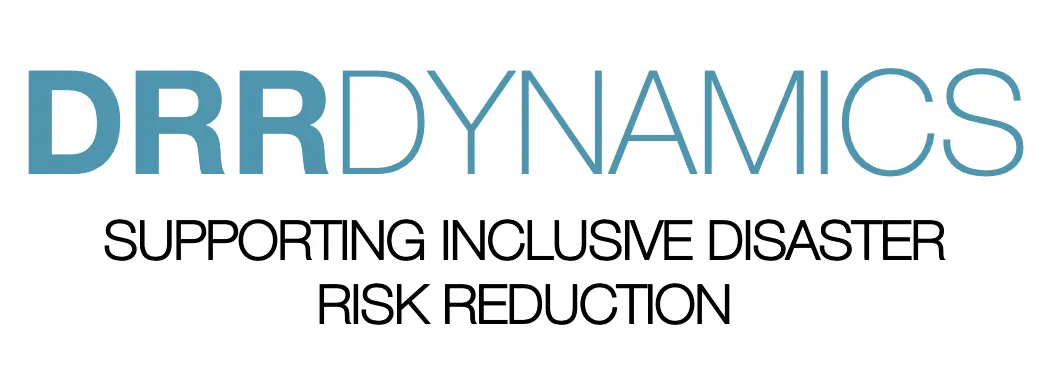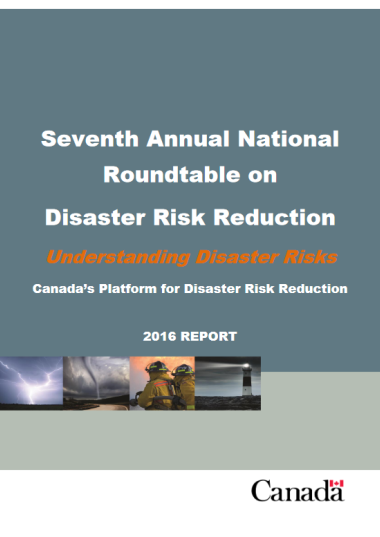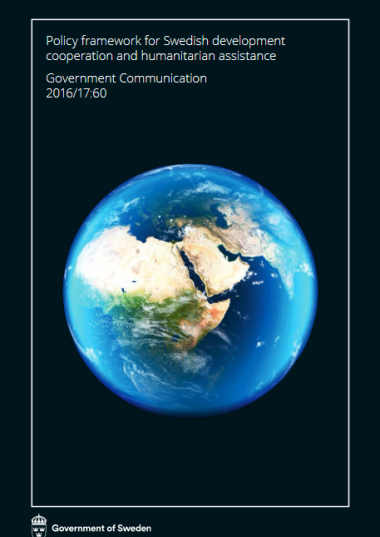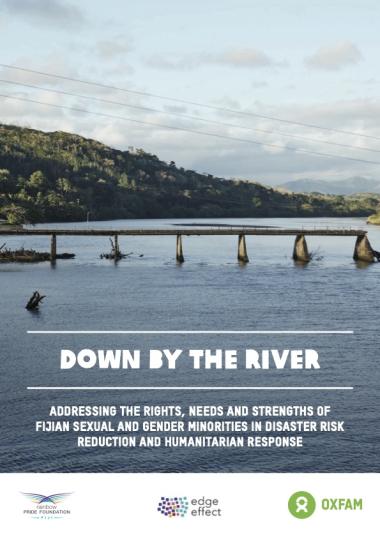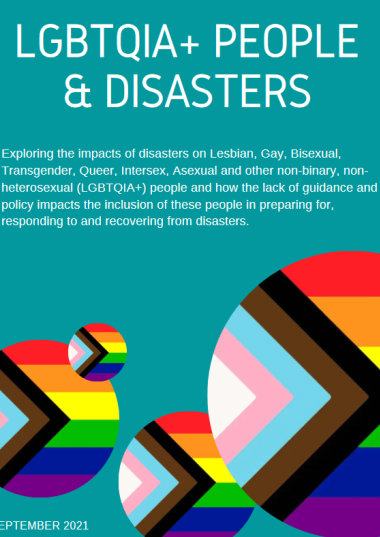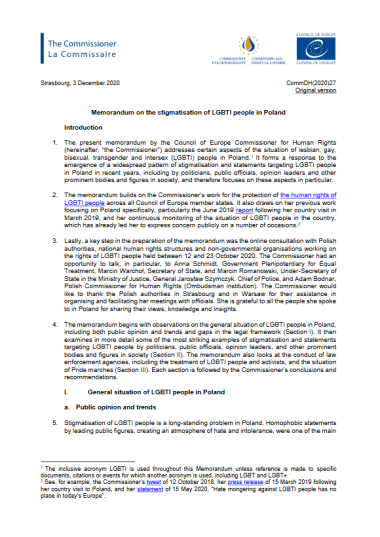
The WRD Policy Tracker
Last updated 25 Nov 2024
The WRD Policy Tracker follows the progress of gender-responsive and inclusive legal, policy, strategic and planning frameworks in 193 UN Member States. It helps analyse comparative progress across regions and countries, and highlights good practice.
- Global Map
- Global Analysis
- Regional Analysis
- High-risk Groups Analysis
- LGBTQIA+
- Findings & Good Practice
Explore which UN Member States or regions have developed gender-responsive and inclusive disaster, climate or development frameworks (i.e. laws, policies, strategies, plans) through this interactive map. The frameworks themselves are accessible through the corresponding table.
-
Globe
Americas & Caribbean
West & Central Africa
Eastern & Southern Africa
Europe & Central Asia
Northern Africa & Middle East
Asia
Pacific
* The boundaries and names shown and the designations used on this map do not imply official endorsement or acceptance by the United Nations
Countries with inclusive frameworks
Regional inclusive frameworks
Explore the global distribution of inclusive frameworks through the following.
Global analysis shows that:
- 101 UN Member States out of the 193 assessed have at least one inclusive disaster, climate, or development framework.
- Almost all reviewed inclusive frameworks have been developed for the national level, and the majority of frameworks developed are either plans or strategies, rather than policies or legislation.
- Inclusive frameworks most often focused on disaster risk reduction or management and climate change, and reflected stronger inclusion of women, children and youth, persons with disabilities, and older people.
- Migrant and displaced people were least focused on and/or included in the frameworks assessed.
- The Americas & Caribbean, Asia, the Pacific, Eastern & Southern Africa, West & Central Africa, and Southeast Asia have at least one framework that is inclusive of each of the Sendai Framework’s 7 high-risk groups from 31 countries, including: Argentina, Australia, Bangladesh, Benin, Botswana, Canada, Costa Rica, the Democratic Republic of Congo, El Salvador, Ethiopia, Jordan, Laos, Liberia, Myanmar, Nepal, New Zealand, Nicaragua, Niger, Nigeria, Papua New Guinea, Peru, Rwanda, Samoa, Somalia, South Sudan, Sri Lanka, Timor-Leste, Uganda, Vanuatu, Vietnam, Zambia.
-
- Of these frameworks, those from Argentina, Canada, Costa Rica, New Zealand, Nicaragua, and Peru are also inclusive of LGBTQIA+ persons.
Inter-regional analysis shows that:
- The majority of sub-national inclusive frameworks developed are in the Pacific region.
- Every region now has a DRR/DRM framework that focuses primarily on gender.
- The Americas & Caibbean and the Pacific are the only two regions to have frameworks inclusive of all high-risk groups as well as LGBTQIA+ persons.
- Across all regions, the needs of migrants and displaced people, and indigenous and ethnic minorities tend to be least addressed in the context of disaster, climate, or development frameworks assessed.
Inclusion overview
The Policy Tracker evaluates the level or degree of the following:
- consultation during the development process;
- meaningful participation in the development process;
- inclusion of principles, commitments, and objectives for gender equality, women's leadership and inclusion;
- responsiveness to the specific needs and priorities of high-risk groups; and
- commitment to addressing the underlying causes of unequal risk.
Analysis shows that:
- Only 21 frameworks indicate the meaningful participation of women or women's organisations, although more report consulting with women in the development of their disaster, climate, or development frameworks.
- 14 frameworks report the meaningful participation of children and youth representative organisations and representative authorities in their development, compared with 7 frameworks for persons with disabilities, and 6 for older people.
- High-risk groups whose meaningful participation was least reported were people living in extreme poverty (3 frameworks), migrants and displaced people (6 frameworks), and indigenous and ethnic minorities (8 frameworks).
Find out the extent to which countries in each region are integrating high-risk groups in their inclusive frameworks (legislation, policies, strategies, and plans).
- Americas & Caribbean
- Western & Central Africa
- Eastern & Southern Africa
- Europe & Central Asia
- North Africa & Middle East
- Asia
- Pacific
The analysis shows that:
- Americas & Caribbean: 71 of the 266 frameworks analyzed are from the Americas & Caribbean, representing 27 countries, 6 of which are inclusive of all high-risk groups (Argentina, Canada, Costa Rica, El Salvador, Nicaragua, and Peru), 5 of which are also inclusive of LGBTQIA+ persons (Argentina, Canada, Costa Rica, Nicaragua, and Peru).
- The Americas & Caribbean is one of two regions to have frameworks inclusive of all high-risk groups as well as LGBTQIA+ persons.
The analysis shows that:
- West and Central Africa: 19 of the 266 frameworks analyzed are from West & Central Africa form 14 countries, 6 of which are inclusive of all high-risk groups (Benin, the Democratic Republic of Congo, Liberia, Niger, Nigeria, and Zambia).
The analysis shows that:
- Eastern and Southern Africa: 28 of the 266 frameworks analyzed are from Eastern & Southern Africa from 15 countries, 6 of which are inclusive of all high-risk groups (Botswana, Ethiopia, Rwanda, Somalia, South Sudan, and Uganda).
The analysis shows that:
- Europe and Central Asia: 12 of 266 frameworks analyzed are from Europe & Central Asia from 8 countries, none of which are inclusive of all high-risk groups.
The analysis shows that:
- Northern Africa and Middle East: 4 of the 266 framework analyzed are from Northern Africa & Middle East from 3 countries, none of which are inclusive of all high-risk groups.
The analysis shows that:
- Asia: 13 of the 266 framework analyzed are from Asia from 10 countues, two of which are inclusive of all high-risk groups (Sri Lanka and Timor-Leste).
The analysis shows that:
- Pacific: 65 of the 266 frameworks analyzed are from the Pacific from 14 countries, 5 of which are inclusive of all high-risk groups (Australia, New Zealand, Papua New Guinea, Samoa, and Vanuatu), 1 of which are also inclusive of LGBTQIA+ persons (New Zealand).
- The Pacific is one of two regions to have frameworks inclusive of all high-risk groups as well as LGBTQIA+ persons.
- The Pacific leads globally in inclusive frameworks, achieving full regional inclusion of at least one high-risk group across 100% of its countries (14).
[CH1]Best practice
Find out which Sendai Framework high-risk groups are included in the inclusive frameworks of each region.
- Women
- Persons with disabilities
- Children & Youth
- Indigenous & ethnic minorities
- People living in extreme poverty
- Older persons
- Displaced & migrant people
Analysis shows that:
Women and their needs are most commonly included in frameworks in the Pacific (100% of countries have developed gender-responsive frameworks), followed by Americas and the Caribbean (71%), and Asia (67%).
Analysis shows that:
Persons with disabilities are most commonly included in frameworks in the Pacific (93% of countries have developed frameworks inclusive of this group), followed by Americas and the Caribbean (71%), and Asia (67%).
Analysis shows that:
Children and youth are most commonly included in frameworks in the Pacific (100% of countries have developed frameworks inclusive of this group), followed by Americas and the Caribbean (69%), and Asia (67%).
The findings suggest that:
Indigenous and ethnic minorities are most commonly included in frameworks in the Pacific (86% of countries have developed frameworks inclusive of this group), then Asia (54%), and the Americas and the Caribbean (54%).
The findings suggest that:
People living in extreme poverty are most commonly included in frameworks in the Pacific (93% of countries have developed frameworks inclusive of this group), then Americas and the Caribbean (63%), and Asia (54%).
The findings suggest that:
Older persons are most commonly included in frameworks in the Americas & Caribbean (66% of countries have developed frameworks inclusive of this group), then the Pacific (64%), and Asia (58%).
The findings suggest that:
Displaced and migrant people are most commonly included in frameworks in the Pacific (57% of countries have developed frameworks inclusive of this group), then Asia (42%), and West & Central Africa (38%).
Frameworks with reference to LGBTQIA+ individuals
The review found 13 frameworks that are inclusive of LGBTQIA+ individuals from the Americas & Caribbean, Asia, and the Pacific from11 countries (Argentina, Canada, Costa Rica, Fiji, Mexico, Nepal, New Zealand, Nicaragua, Pakistan, Peru, and Samoa).
The Americas & the Caribbean and the Pacific are the only two regions to have frameworks inclusive of all high-risk groups as well as LGBTQIA+ persons.
There are also references to LGBTQIA+ individuals in the following:
- A government memorandum in Poland;
- A report summarising the seventh annual national roundtable on disaster risk reduction in Canada; and in
- A development/humanitarian policy framework for Sweden, which identifies LGBTQIA+ people as a high-risk group.
Key guidelines from non-governmental organisations
Several non-governmental organisations and/or researcher organisations have shared guidelines on the inclusion of people with diverse sexual orientation, gender identity, gender expression and sex characteristics (SOGIESC) in disaster and climate risk reduction, humanitarian response, and resilience. Examples are shared below.
Findings
Key findings
Headline findings are that:
- Only 31 countries currently have frameworks inclusive of all Sendai Framework high-risk groups. These are: Argentina, Australia, Bangladesh, Benin, Botswana, Canada, DRC, El Salvador, Ethiopia, Fiji, Guyana, Jordan, Kiribati, Laos, Liberia, Myanmar, Nepal, Niger, Nigeria, Papua New Guinea, Philippines, Rwanda, Samoa, Somalia, Sri Lanka, South Sudan, Thailand, Timor-Leste, Vanuatu, Vietnam, Zambia.
- 92 countries have developed frameworks which include gender commitments.
- Only 16 countries highlight within their national-level frameworks that women and/or women's organisations have meaningfully participated in policy, strategy, or plan development.
Global
Global analysis shows that:
- Almost half of the reviewed inclusive frameworks are plans rather than laws or policies.
- Almost all the reviewed inclusive frameworks have been developed for the national level.
Regions
Regional analysis shows that:
- Countries in the Pacific, Asia, and the Americas and the Caribbean more consistently include children and youth, women, and persons with disabilities within their frameworks.
High-risk groups
High-risk groups analysis shows that:
- Argentina, Canada, Costa Rica, New Zealand, Nicaragua, and Peru are good examples of countries with frameworks that are inclusive of all Sendai Framework high-risk groups, including LGBTQIA+ persons.
- Australia, Bangladesh, Benin, DRC, El Salvador, Ethiopia, Jordan, Laos, Nepal, Niger, Nigeria, Papua New Guinea, Rwanda, Somalia, South Sudan, Timor-Leste, Vanuatu, and Vietnam are good examples of countries with frameworks that are inclusive of all Sendai Framework high-risk groups.
- Afghanistan, Bangladesh, Costa Rica, Fiji, Guatemala, Guyana, Indonesia, Kiribati, Myanmar, Nepal, Philippines, Samoa, Somalia, Togo, and Vanuatu are good examples of countries with frameworks that are gender-responsive.
- Several non-governmental organisations and/or researcher organisations have shared guidelines on the inclusion of people with diverse sexual orientation, gender identity, gender expression and sex characteristics (SOGIESC) in disaster and climate risk reduction, humanitarian response, and resilience.
Good practice
Inclusion of all high-risk groups
The findings suggest that Argentina, Australia, Benin, Costa Rica, Laos, New Zealand, Niger, Nigeria, Peru, Somalia, South Sudan, and Vietnam are good examples of countries with frameworks that are inclusive of all Sendai Framework high-risk groups.
Individual high-risk group
The findings suggest that good practice examples for the inclusion of each Sendai Framework high-risk groups are:
- Women: Argentina, Costa Rica, Laos, Nepal, Paraguay, Somalia, South Sudan
- Children: Canada, Chad, Costa Rica, Jordan, Nepal, Somalia
- People with disabilities: Australia, Somalia
- People living poverty: Peru
- Displaced or migrant people: New Zealand, Somalia
- Indigenous or ethnic minorities: Argentina, Australia, Canada, Chad, Costa Rica, New Zealand, Paraguay, Peru
- Older people: Australia
- LGBTQIA+ individuals are not currently included as high-risk group under the Sendai Framework, but Argentina, Canada, Nepal, and Samoa can be considered good practice examples for their inclusion
Gender responsive
The findings suggest that:
- Afghanistan, Bangladesh, Costa Rica, Fiji, Guatemala, Guyana, Indonesia, Kiribati, Myanmar, Nepal, Philippines, Samoa, Somalia, Togo, and Vanuatu are good practice examples of DRR/DRM frameworks that are gender-responsive.
